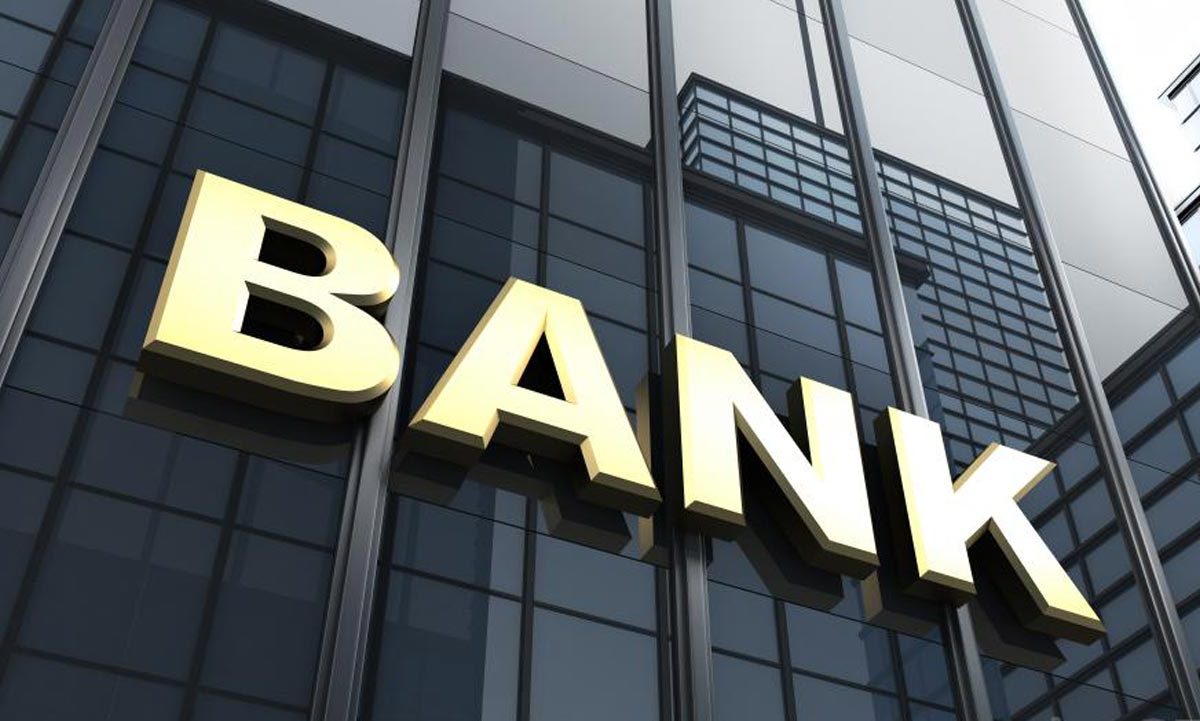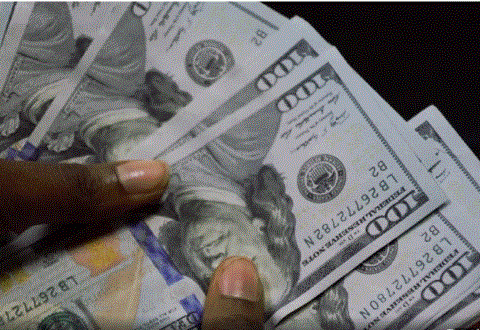Global investors may have brushed off this week’s banking tremors, but the calm feels temporary, warns the CEO of one of the world’s largest independent financial advisory and asset management organisations.
Markets steadied on Friday after a sharp selloff in financial stocks, as traders convinced themselves that recent credit losses at a few regional lenders were isolated.
Join our WhatsApp Channel
However Nigel Green, CEO of deVere Group, says that optimism could be misplaced.
“Markets are quick to move on. But when you see early signs of strain in credit quality, it rarely stops there.
“The backdrop is one of tighter lending conditions, rising defaults and increasing stress across consumer and corporate balance sheets.
“The volatility we’ve just seen is unlikely to be the last.”
Thursday’s rout in bank shares sent shockwaves through global indices before a partial rebound a day later.
Investors appeared willing to separate the issues in specific loan books from the wider financial system, helped by a string of solid earnings reports elsewhere. But beneath the surface, the data point to a steady deterioration in credit performance.
Nigel Green says the contrast between upbeat sentiment and weakening fundamentals should give investors pause.
“There’s a sense that because the system is well-capitalized, the risks can’t spread. Yet financial markets don’t operate in isolation from the economy. When borrowing costs remain elevated and liquidity tightens, even small credit events can trigger outsized reactions.”
Recent figures show business bankruptcies rising across major economies, while household debt delinquencies are ticking higher after years of near-zero default rates.
“These are classic late-cycle signals,” notes the deVere CEO.
“They don’t always lead to crisis, but they tend to expose where complacency has built up. Investors need to understand that the credit cycle is turning.”
Friday’s rebound in futures markets gave the impression that the scare had passed, with traders positioning for a quick recovery.
However, he cautions that short-term relief often masks longer-term vulnerability.
“Financial markets have become conditioned to shrug off setbacks, assuming policymakers will cushion any downside. But this time, support is more limited.
“The adjustment will be uneven and punctuated by bursts of volatility.”
He notes that even within the financial sector, resilience is uneven. Larger, diversified institutions may absorb shocks more easily, but smaller lenders remain exposed to concentrated risks in sectors such as commercial property and consumer finance.
“This divergence creates ripple effects across global markets,” he explains. “We saw it briefly this week, and we’ll see it again.”
The message for investors is to stay alert but not alarmed. “Periods like this often create opportunity, particularly in sectors with strong balance sheets and predictable cash flow,” he says.
“The key is to distinguish between temporary market panic and genuine credit deterioration. It requires discipline and professional insight and advice rather than emotion.”
While the immediate panic has eased, the structural issues remain unresolved. “The fact that global markets recovered within 24 hours doesn’t make the underlying credit stress disappear,” says Nigel Green.
“If anything, it underlines how dependent sentiment has become on momentum rather than fundamentals.”
He concludes: “The next few months will bring more fluctuations as markets reassess credit risk and growth prospects. Investors who remain disciplined, diversified and forward-looking will be best placed to turn volatility into advantage.”












